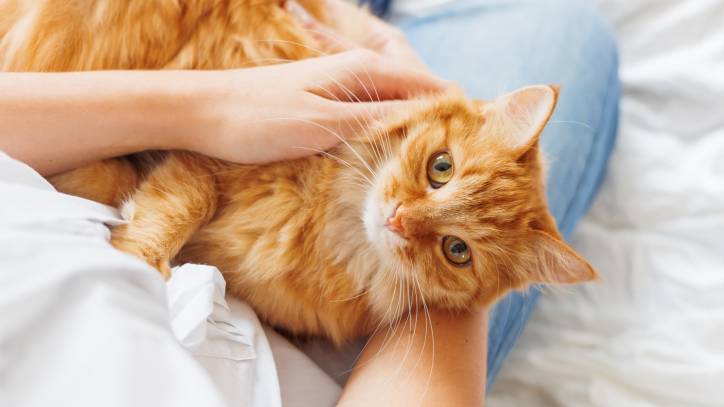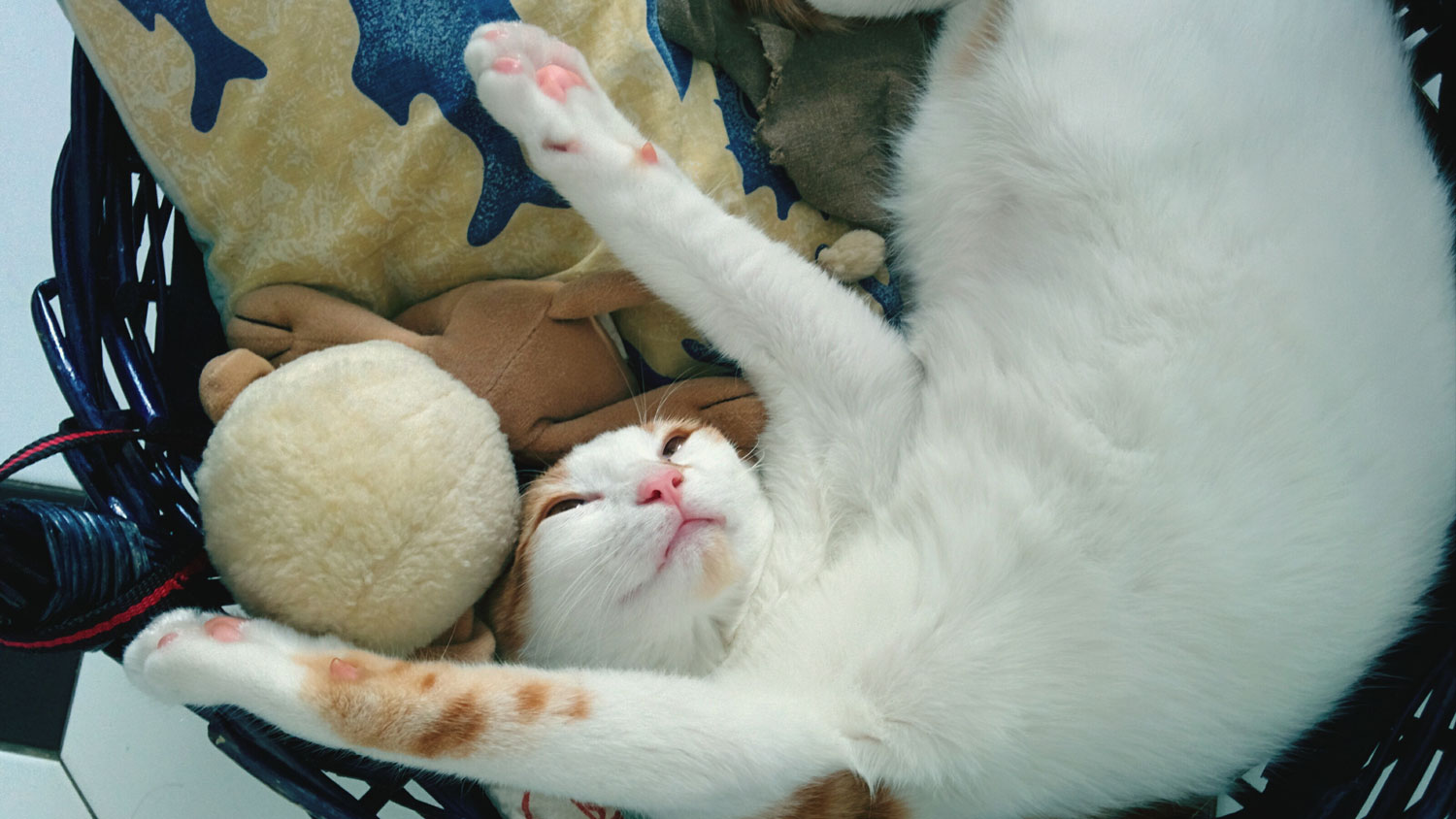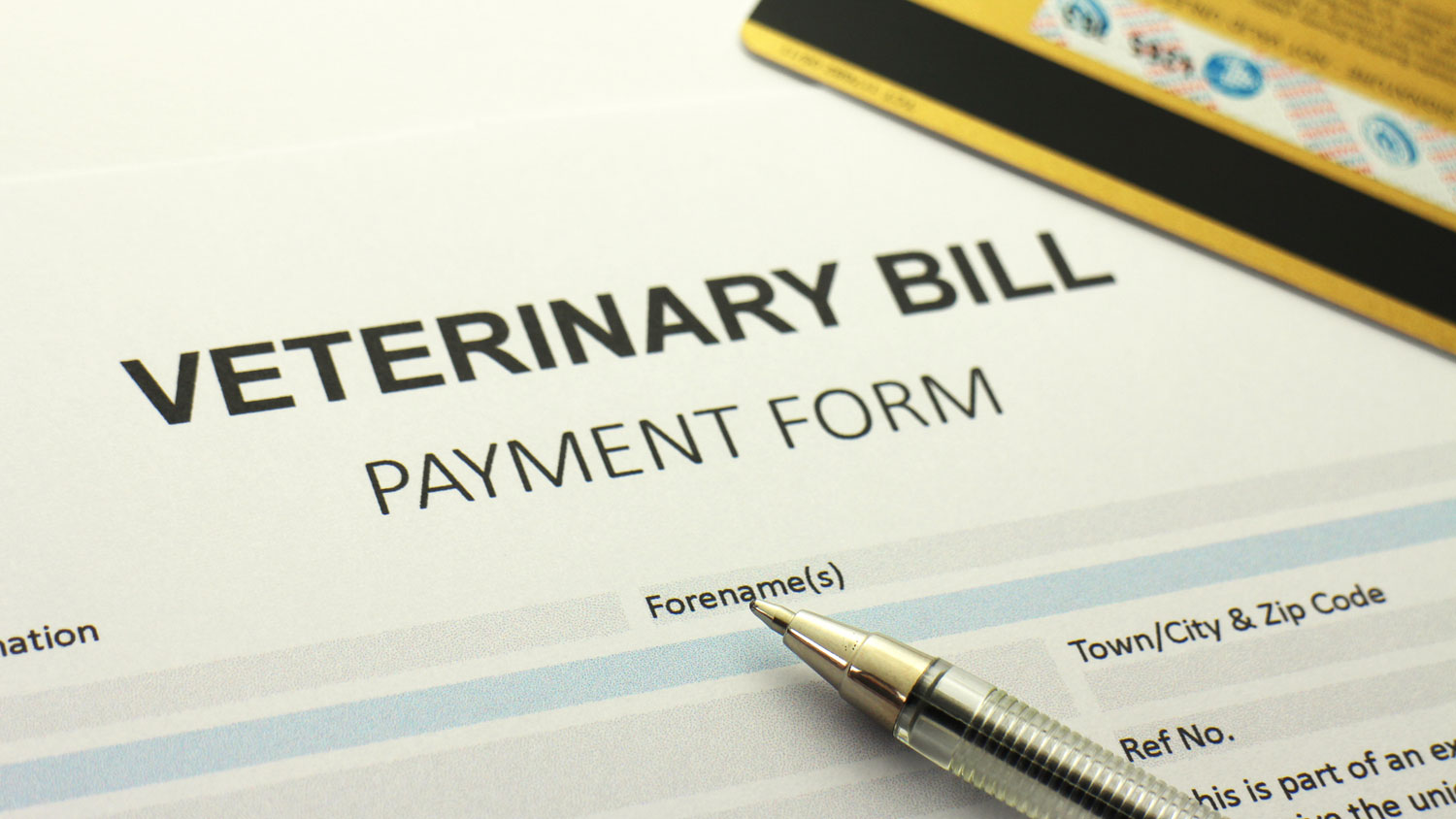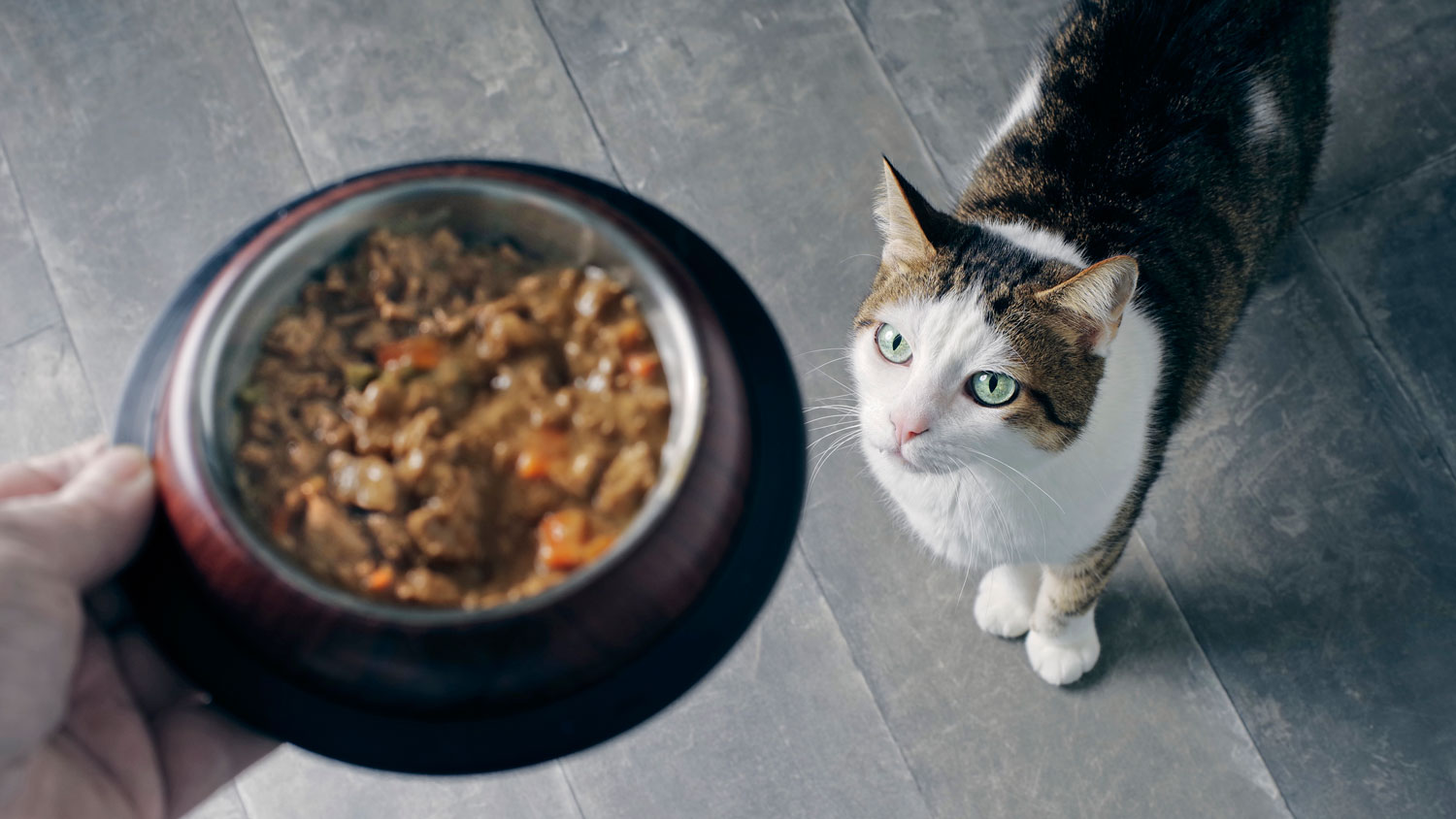How much do cats cost to own and how can I save money on care?
How much do cats cost? Maybe more than you thought, but there are plenty of ways to reduce your feline spending

How much do cats cost to own? They may only be relatively little, but the expenses of owning a cat can add up to quite a bit more than you might think if you sit down and run the numbers. If you're thinking about getting your first cat, you might be surprised about the amount you're going to have to spend before it even arrives at your home, and then there'll be the ongoing costs of ensuring that it's a well-fed, happy and healthy cat.
It all adds up, and it may well come to a lot more than you anticipated. So rather than realize too late that you've brought a furry little money pit into your home – especially in these financially-straitened times – it pays to be aware of just how much owning a cat is going to cost you, and how you can reduce the expense of being a cat parent.
And of course if you already own cats and you're concerned about how much you're spending on them, there are plenty of things you can do to save money and insulate yourself from the horrors of unexpected vet bills.
So read on to get the facts on how much cats costs to own, a breakdown of everything you're going to have to buy when you adopt a cat, and how to save money on food and essentials, including the risks and benefits of homemade vs store bought cat food and how to pick up the best pet insurance at the right price.
What do you need before getting a cat?
Before you even acquire a cat, you're going to have to go out shopping for all its stuff, and you might be surprised by how much all that is going to cost you.
At the very least your new cat's going to need a food bowl (plus quality cat food to go in it) and a water bowl, a warm and comfortable cat bed, a litter box (and of course some cat litter), a well-sized scratching post unless you're keen on having your furniture shredded, a brush or comb to keep your cat's fur in good condition, a selection of fun cat toys and tasty treat and, finally, a cat carrier.
Your cat's also going to want a safe, high-up space where it can keep an eye on things, so you may need to invest in a cat tree as well if you don't have a complement of shelves of other high-up spots.
Get the best advice, tips and top tech for your beloved Pets
And on top of that, when it comes to things like bowls, beds and litter trays, it pays to have a spare.
So realistically, you're looking to spend in the region of $200 or more to get your home ready for your new furry lodger.

How much do cats and kittens cost to adopt?
How long is a piece of string? The cost of adopting a cat or kitten can be anything between nothing and a whole load of money. If you're not too fussy about fancy breeds, it won't be too hard to find cat owners in your neighborhood who have suddenly found themselves with a litter of kittens that need adopting, and that shouldn't cost you very much – if anything – at all.
The most ethical route to cat ownership, however, is adopting from an animal shelter. This won't be free – you could pay anything between $50 and $200 to adopt a cat, and you'll generally pay more for a kitten and less for an elderly cat – but it's money well spent, as you'll be sure that your cat's been neutered, vaccinated, microchipped and given a clean bill of health.
However if you're set on a particular breed from a reputable breeder, that's when the costs start going up; depending on the breed you're likely to have to spend hundreds – and potentially thousands – of dollars. So maybe think again about that Bengal or Savannah if you're on a tight budget.
How much does a cat cost per month?
All right, so you've bought all the felines, paid your adoption fees and finally brought your cat home; how much is your furry little pal going to cost you going forward?
According to the ASPCA there are four main areas of regular expenditure you'll have to cover if you own a cat:
- Recurring medical expenses: routine veterinary care such as check-ups, vaccinations and medication for fleas, ticks and worms
- Cat food: a complete, balanced diet for your cat
- Treats: these may seem like an extravagance but they can be a useful tool for training your cat and building a bond
- Toys: nobody wants a bored cat, so it'll need new and stimulating toys on a fairly regular basis
On top of that there are various miscellaneous costs; things like catnip, extra scratching posts and things like that. But what it all comes down to is this: the ASPCA says that you should plan to spend $634 per year on your cat, or around $53 per month.
What's not included?

Of course, where cats are concerned it's never quite as simple as that, and you can never be sure what unexpected expense your furpal's going to bring down upon you next. Top of the list is emergency vet bills; these can cost you hundreds and possibly thousands of dollars, which is why you should definitely treat your cat to some pet insurance (more on that in a second).
Beyond that there's the cost of cat sitters or stays in a cattery if you're away from home for any length of time, and if you're in rented accommodation you may have to pay an additional monthly fee for owning a cat, to cover possible damage. And if you're not renting, you may still end up having to fix damage done to furniture or floor coverings by your cat, especially if you didn't provide it with enough toys or places to scratch.
How to insure your cat
In case you haven't got the message yet, you should absolutely get pet insurance for your cat. Yes, it'll likely add $10-$20 dollars to your monthly cat budget, depending on the amount of cover you go for, but you'll be grateful for it if kitty has a bad accident or serious illness.
Veterinary costs can quickly rack up, and having a poorly pet is worrying enough without the addition of an eye-watering bill. If you're not sure about pet insurance, see our guide to how to choose the best pet insurance, or instead head straight to our roundup of the best pet insurance options right now.
How much does it cost to feed a cat per day?

Thankfully the least expensive part of owning a cat is feeding it. Depending on your choice of cat food (which may of course depend on what your cat's happy to eat), feeding your cat is likely to cost you between 50c and a couple of dollars per day, although you could of course spend a fair bit more than that if your cat insists on the best cat food as recommended by veterinarians.
How can I keep my cat on a budget?

If all these feline costs are starting to sound a bit much, there are a few things you can try to bring the price of cat ownership down a bit. Cats Protection has some great money-saving tips for cat owners, including:
- Make your own cat toys - you can turn egg boxes and toilet roll tubes into puzzle feeders, or make toys out of old socks filled with catnip.
- Avoid catteries when you're going away; let your cat stay home instead and get friends, neighbors or relatives to drop in twice a day to ensure it's fed and safe.
- Use cardboard boxes instead of buying expensive cat beds; a cardboard box with an old jumper and blanket in it will keep kitty perfectly happy.
- Turn the heating off when you're out all day; it might feel cold to you, but your cat has its own fur coat and will seek out the warmest place in your home anyway.
- Ensure they're neutered - not only will that mean no unwanted kittens to look after, it can also reduce your cat's chances of picking up diseases.
How to save money on cat food and essentials
Need more money-saving tips? There are plenty of other things you can do to make cat ownership less expensive. When it comes to cat food you can of course save money by avoiding premium brands, but you can also save by finding the best cat food deals and looking into subscription and bulk-buying options for getting cheaper food and treats.
If you're feeling brave, you could also try making your own cat food. See our guide on how to make homemade raw cat food as one option, but you should be aware of the risks involved; our vet's guide to homemade vs. store-bought cat food will spell things out for you. You need to be extremely careful about it if you want your meet your cat's nutritional needs, and on the whole it's probably more trouble than it's worth.
Finally there are any number of possibilities for making your own cat toys, furniture and accessories. So check out our guides to DIY kitten toys or homemade cat toys, as well as DIY scratching posts, litter boxes, cat trees and even outdoor cat houses. Happy building!
Jim is a writer, performer and cat-wrangler based in Bath, who last year adopted a pair of sibling rescue cats who turned out to be effectively feral, and has spent a lot of time since then trying to get them accustomed to people (some success) and each other (ongoing project).

